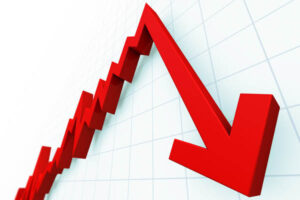- AWI is expected to report earnings per share of $1.75 and revenue of approximately $404.3 million for the quarter ending June 2025.
- The company’s price-to-earnings (P/E) ratio is approximately 26.70, indicating investor valuation of its earnings.
- AWI’s current ratio stands at about 1.60, suggesting a solid ability to cover short-term liabilities.
Armstrong World Industries, Inc. (NYSE:AWI) is a key player in the design and manufacture of commercial and residential ceiling, wall, and suspension system solutions. As a leader in the building products industry, AWI competes with companies like USG Corporation and CertainTeed. The company is set to release its quarterly earnings on Tuesday, July 29, 2025, before the market opens.
Wall Street estimates that AWI will report earnings per share of $1.75 and revenue of approximately $404.3 million. The market is optimistic about AWI’s performance, expecting a year-over-year increase in earnings driven by higher revenues for the quarter ending June 2025. If AWI surpasses these expectations, its stock price may rise, while a miss could lead to a decline.
AWI’s financial metrics provide insight into its valuation and performance. The company’s price-to-earnings (P/E) ratio is approximately 26.70, indicating the price investors are willing to pay for each dollar of earnings. The price-to-sales ratio stands at about 4.87, reflecting the value placed on each dollar of sales. Additionally, the enterprise value to sales ratio is around 5.21.
The enterprise value to operating cash flow ratio is approximately 27.83, highlighting AWI’s valuation in relation to its cash flow from operations. The earnings yield is about 3.75%, offering insight into the return on investment. The debt-to-equity ratio is approximately 0.75, indicating the proportion of debt used to finance the company’s assets relative to shareholders’ equity.
AWI’s current ratio is about 1.60, suggesting the company’s ability to cover its short-term liabilities with its short-term assets. The sustainability of any immediate price changes and future earnings expectations will largely depend on management’s discussion of business conditions during the earnings call.




